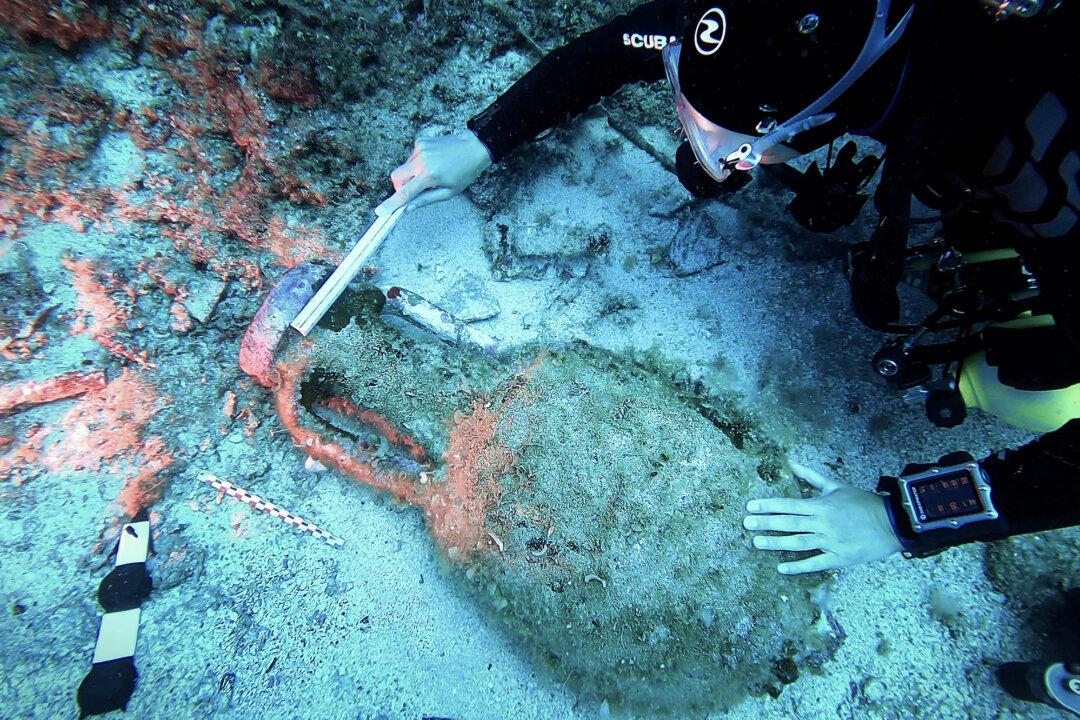In the year 1900, while sailing the Aegean Sea around Easter weekend, several Greek men were diving for sponges to earn their keep when they decided to try their hand at something new and adventurous.
Off the coast of the island of Antikythera, northwest of Crete, Elias Stadiatis dove down 148 feet and saw their ticket to become ocean wreck explorers. His first tale of corpses and horses on the seafloor was dismissed by his cohorts, who said he was drunk on nitrogen, but he soon surfaced again holding a bronze arm.






